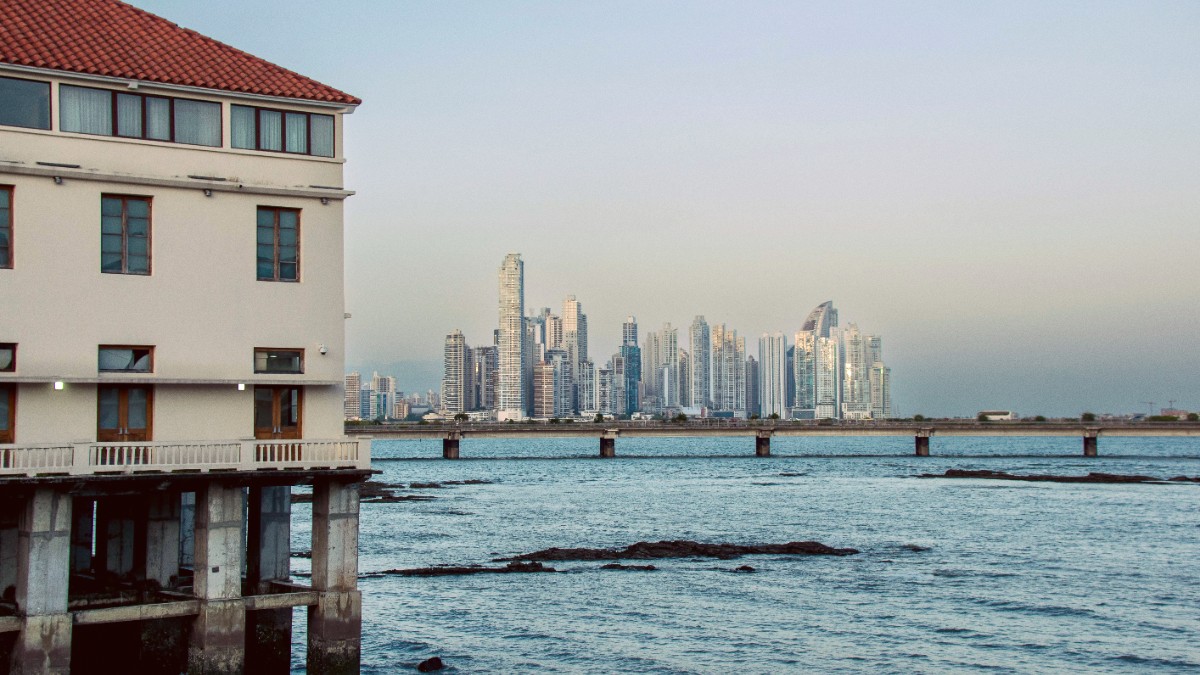
Panama
Panamanian food is comforting, hearty, and uses fresh, local ingredients from land and sea. Panamanian cuisine is a fusion. Spanish colonization introduced new livestock, cooking techniques, and ingredients.
The arrival of African slaves and Afro-Caribbean laborers (during railway and Canal construction) brought their culinary traditions, notably coconut milk use and richer flavors. This blend resulted in an unique cuisine, distinct from its Central and South American neighbors. It emphasizes fresh, local products and generally has mild to moderate spice, with hot sauce often available.
A stronger Afro-Caribbean influence. Dishes often feature coconut milk in rice and seafood stews. Flavors spicier, and dishes like rondón (a rich fish and vegetable stew cooked in coconut milk) are popular.
Emphasizes fresh fish, ceviche, and grilled seafood, reflecting its access to the Pacific Ocean. Root vegetables are commonly served as sides.
Known for cooler climate produce, including strawberries, and, most famously, high-quality coffee.
Panama's national dish. A hearty chicken soup with root vegetables (ñame and yuca), corn on the cob, and cilantro (culantro). A comforting, restorative dish, believed to cure anything from a cold to a hangover.
Classic Panamanian comfort food.
Rice with chicken. This flavorful, savory dish has rice cooked with shredded chicken and mixed vegetables, seasoned with refrito and annatto for color. A staple at family gatherings.
A national favorite for gatherings.
Fresh raw fish or seafood (often corvina, shrimp, or octopus) marinated in lime juice, finely chopped onions, and cilantro. Served in small cups with crackers or plantain chips.
Fresh and zesty seafood appetizer.
Carimañolas: Fried yuca fritters, stuffed with ground meat or cheese. Empanadas: Ubiquitous street food. Chorizo: Grilled or fried sausages. Enyucado: A sweet cake from yuca.
Seco Herrerano: Panama's national alcoholic spirit. Ron Abuelo: Popular Panamanian rum. Balboa/Atlas/Panama: Popular local beer brands. Chicha: Fresh fruit juices. Agua de Pipa: Fresh coconut water. Coffee: Renowned for high-quality coffee, especially from Boquete.
Maito Restaurante: Among Latin America's best, Maito has innovative Panamanian fusion cuisine with local ingredients. Donde José: An acclaimed restaurant with a tasting menu exploring Panama's culinary heritage. El Trapiche: An institution for traditional Panamanian food, offering an upscale local experience.
Mercado de Mariscos (Fish Market): A must-visit for fresh, affordable seafood. Many casual stalls serve delicious ceviche and fried fish. Diablo Rosso (Casco Viejo): Contemporary Panamanian cuisine in a stylish setting. El Cangrejo and Bella Vista: Diverse array of mid-range restaurants.
Fondas: Small, family-run eateries with inexpensive, hearty Panamanian lunches. Street Stalls: Offer quick, cheap snacks. Albrook Mall Food Court: One of Latin America's largest, with many fast food chains and casual dining. International Cuisine: Cosmopolitan Panama City has a wide variety of international restaurants.
Traditional Panamanian cuisine is often meat-heavy. Vegetarian options are available, especially in Panama City's trendier areas and international restaurants. Vegan options need careful inquiry.
Look for dishes with rice, beans, plantains, and salads. International cuisine (Indian, Mediterranean) often has more choices.
Dedicated Halal or Kosher restaurants are limited. Panama City has a Jewish community, so some kosher products might be in specific supermarkets.
For strict dietary needs, plan ahead, research establishments, or consider self-catering.
Awareness grows. Inquire directly with staff. Corn-based dishes, rice, beans, and fresh ingredients may be naturally gluten-free.
Carry a Translation app or phrasebook with dietary phrases in Spanish. Research specific restaurants known to cater to dietary needs.
Learn to prepare traditional Panamanian dishes. Hands-on experiences by culinary schools or local chefs.
Guided food tours (Casco Viejo) sample street food. Coffee Plantations (Boquete) offer tours and tastings.
Certain dishes are prepared for holidays or festivals. Tamales are notably prevalent during Christmas. Specific seafood dishes might be featured during coastal festivals.
Check local event listings for dates.
Seek and support tours and activities that directly benefit local communities. These initiatives often offer authentic experiences while tourism contributions support local cultures.
Direct support for local well-being.
Many boutique hotels and establishments in Casco Viejo feature rooftop bars and restaurants. Enjoy local food and drinks with stunning panoramic views of the city skyline and the Bay of Panama.
The Atlantic & Pacific Co. Restaurant at the Miraflores Locks Visitor Center has dining with direct views of ships transiting the Canal.
Some culinary schools or local chefs in Panama City have hands-on cooking classes focusing on traditional Panamanian dishes like sancocho, ceviche, or arroz con pollo.
Guided food tours, especially in Casco Viejo, are an excellent way to explore the local culinary scene. They often sample street food, visit local markets, and try traditional delicacies.
Day trips or multi-day excursions to the highlands (e.g., Boquete) have coffee farm tours and tastings. This helps to understand the process from bean to cup and taste some of the world's best coffee.
Held annually before Ash Wednesday (usually February/March), Carnival is Panama's biggest party, with lively parades, music, dancing, and water fights. Las Tablas is especially famous for its celebrations.
A national celebration.
Religious processions and events occur throughout the country in the week leading up to Easter. A time of reflection and tradition.
Nationwide religious observances.
Many boutique hotels and establishments in Casco Viejo feature rooftop bars and restaurants. Enjoy local food and drinks with stunning panoramic views of the city skyline and the Bay of Panama.
The Atlantic & Pacific Co. Restaurant at the Miraflores Locks Visitor Center has dining with direct views of ships transiting the Canal. This provides an unique backdrop for your meal.
Small, family-run eateries that serve inexpensive, hearty Panamanian lunches ("almuerzo ejecutivo"). Look for signs saying "Fonda" or "Comida Casera" (Homemade Food). Excellent for local life and food at low cost.
When trying street food, look for vendors with high turnover. This indicates freshness. Also, check that the food is cooked thoroughly and served hot.